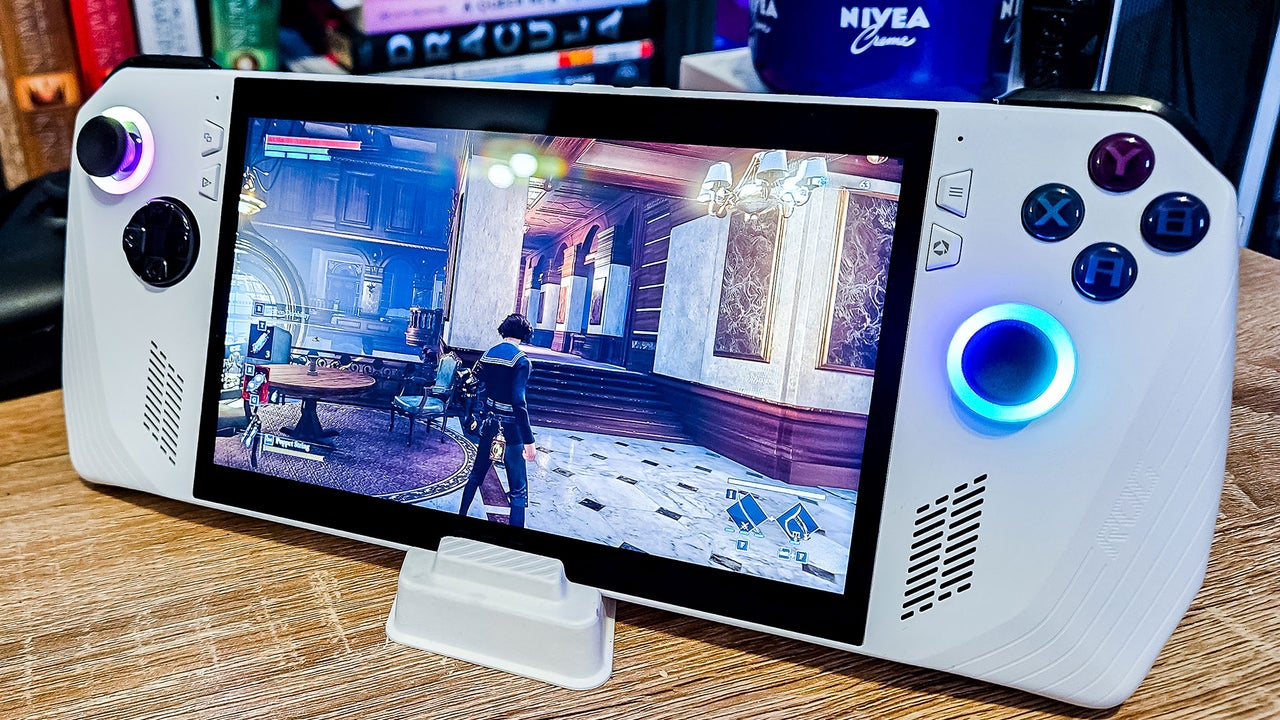Nintendo Switch 2: Can It Survive the Rise of Handheld Gaming PCs?

Is It Still Worth Buying the Nintendo Switch 2?
As the gaming world buzzes with anticipation about Nintendo's next-generation console, potential buyers are left wondering whether the rumored Switch 2 is worth the investment. Let's dive into the key considerations that might influence your decision.
Current Landscape and Expectations
Nintendo has built a reputation for innovative gaming experiences, and the potential Switch 2 promises to continue that legacy. While official details remain scarce, industry insiders suggest significant improvements in performance, graphics, and overall user experience.
Pros of Waiting for the Switch 2
- Potential for cutting-edge hardware and enhanced graphics
- Backward compatibility with existing Switch games
- Likely improved processing power and smoother gameplay
Potential Drawbacks
However, early adoption isn't without risks. First-generation consoles often come with initial software bugs and limited game libraries. Additionally, the price point might be significantly higher than current models.
Should You Buy?
The decision ultimately depends on your gaming preferences. Casual gamers might find the current Switch perfectly adequate, while hardcore Nintendo fans will likely be eager to experience the latest technology.
Recommendation
If you don't already own a Switch and can wait, it might be wise to hold off and see what the new console offers. For those who need a gaming system now, the current Switch remains an excellent choice with a robust game library.
